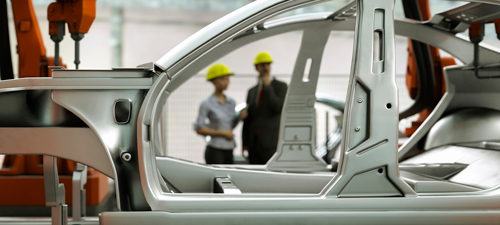Injection molding has been an important manufacturing process for decades. The process can be used to make a wide variety of products rapidly and on a large scale. Most manufacturers and product developers understand the benefits of using plastic injection molding for their parts, components, and products, but lots of people don’t know how many different types of injection molding they have to choose from. One of the more popular types of injection molding is structural foam molding. Understanding the specifics of this process and how it varies from other types of injection molding can help you make a more informed decision for your parts and products.
WHAT IS STRUCTURAL FOAM MOLDING?
During the structural foam molding process, inert gas is added to a melted polymer as it’s injected into the mold. The gas component forces the melted polymer into the mold, creating a more uniform thickness throughout the mold. When the part cools, a solid skin forms against the mold and a honeycomb structure develops to form the interior structure. This honeycomb structure prevents shrinkage and allows manufacturers to reduce product weight without compromising structural integrity.
There are a number of reasons why your manufacturer may choose structural foam molding instead of traditional injection molding.
- Increased strength: The honeycomb structure that’s created during the structural foam molding process results in a very high strength-to-weight ratio for parts and products compared with traditional injection molding. Structural foam molded parts are much more resistant to impact and are suitable for a wide variety of applications. Products made with structural foam molding can even be used in place of concrete, sheet metal, fiberglass, or wood.
- Improved aesthetics: Structural foam molding can result in higher quality products than traditional injection molding in some cases. Create thick and intricate parts and components without creating any depressions or sink marks. In addition, the low-pressure process reduces stress and warpage issues. Structural molded parts tend to have a much more polished, consistent surface finish that pick up your desired texture well.
- More mold options: Due to the pressure associated with traditional injection molding, aluminum molds aren’t always suitable. Since structural foam molding is a lower pressure process, aluminum molds can be used. Aluminum molds are less expensive to use and can last a long time since they aren’t under a significant amount of pressure from the molding process.
You can find out more about your injection molding options by contacting the team at KASO Plastics. We specialize in injection molding and engineering services to help you achieve your vision for product design and manufacturing. Give us a call or contact us online to learn more about the services that we offer.








 Molding services for Agricultural customers
Molding services for Agricultural customers